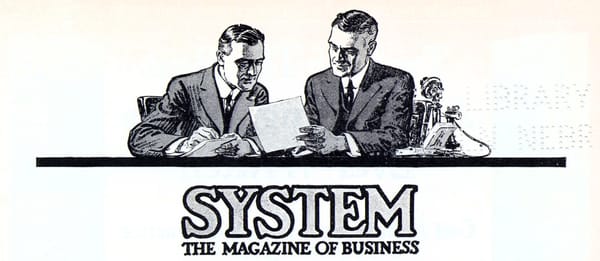Options & set-based design
An effective lean method for eliciting and testing out the best, weirdest ideas.

It’s hard to know when to keep your options open and when to commit. Hang onto too many options for too long and you’ll spread yourself thin. But you might regret committing too early—what if the grass really was greener on the other side?
This is hard to do as an individual. It’s nearly impossible within a group. That’s one reason why groups spend so much time examining and choosing between alternatives. But this eventually gets in the way of doing good, and being good. As the Liverpudlian philosopher said:
Life is what happens while you’re busy making other plans.
When a group is facing a big decision about what to do next, the game is to preserve and explore options, without letting the upkeep of options get distracting or expensive.
Introducing set-based design
Set-based design is a method that’s worked for me and my clients. It’s a key lean method that often goes unused for weird historical reasons.
Here’s how it works:
- A group starts with a broad, unproven set of options. These might range from the status quo to the wildest alternatives.
- Then they will experiment, quickly kicking out ideas that won’t work.
- Feasibility is evaluated in the open using simple, shared criteria. No one should be surprised by the results, even if their own idea is eliminated.
- Eventually, the set of options narrows to one everybody can live with.
- Take that one option (and maybe one backup) into development.
Benefits of set-based design
I’ve used set-based design to get groups through decision-making and evaluation processes, with some surprising benefits:
- The method has helped risk-averse teams explore long-shot ideas.
- Similarly, it has helped rambunctious teams commit to a single, sometimes boring, idea.
- Set-based design is very fair about letting all stakeholders have their say and seeing their ideas given a fair shake.
- The conversations about quality, cost, and value that are important for creating evaluation criteria have outlasted the design process. The local answer to “what good means” for a particular design activity can point to a larger answer about “what good is” for a team.
Starting points
Book—for theory and history: read Lean Product and Process Development by Ward and Sobek. Make sure you get the second edition. It’ll give you everything you need to get started. Just want the overview? The authors had a decent intro in the Sloan Management Review back in 1999.
Paper—for trying it out: This 2016 CIRP paper by Ström, Raudberget, and Gustafsson lays out the exact approach that I’ve successfully used to plan set-based design activities for my clients.



